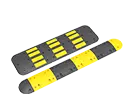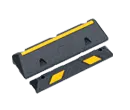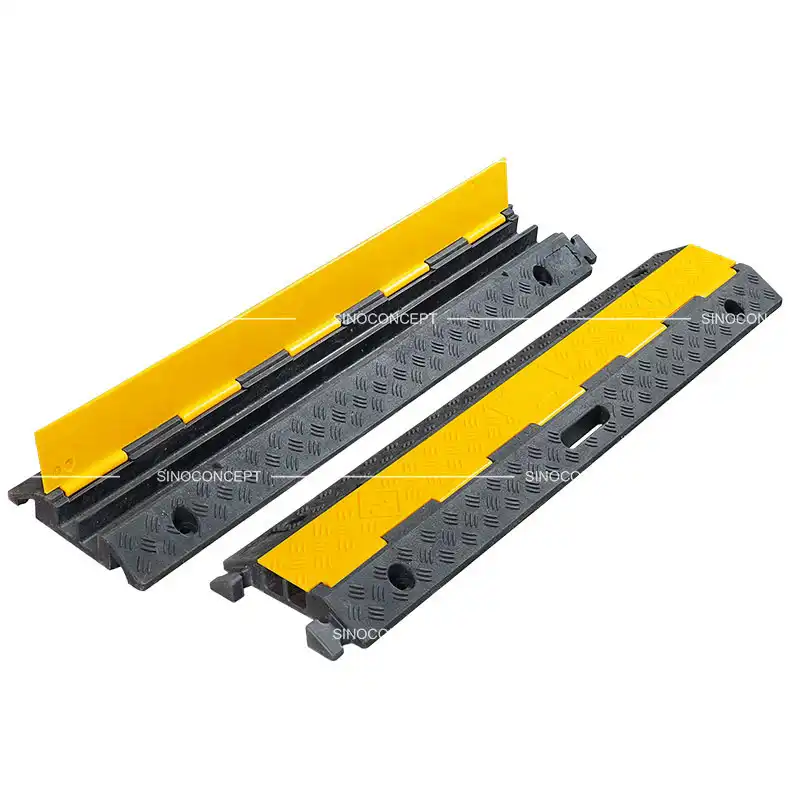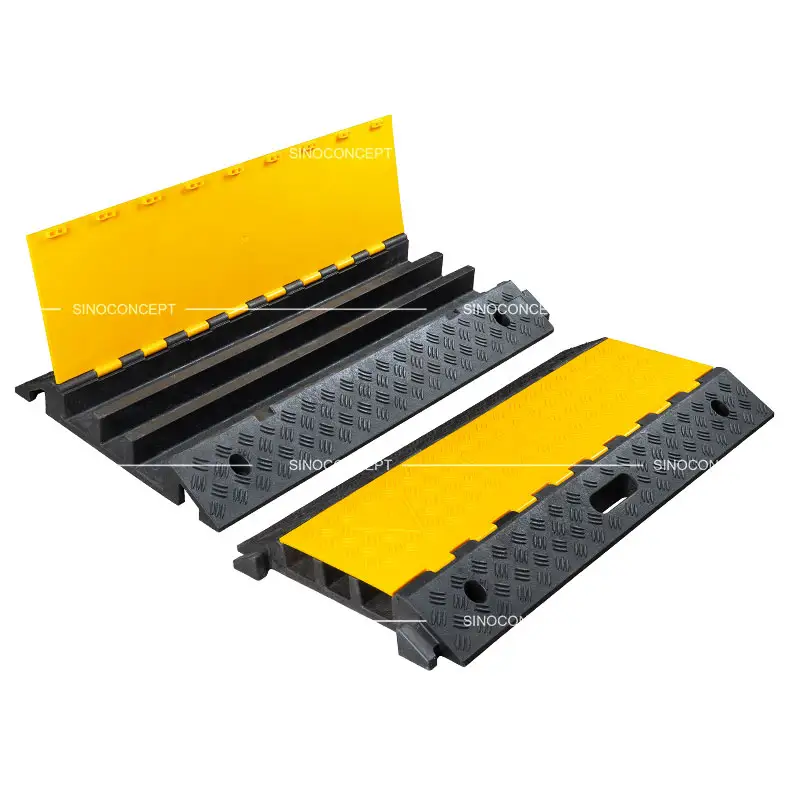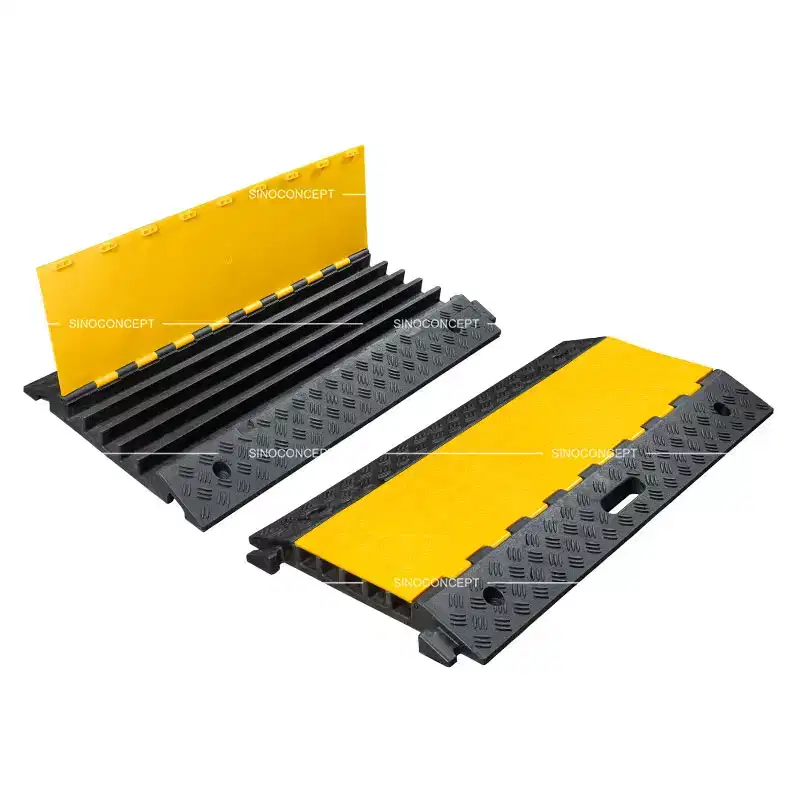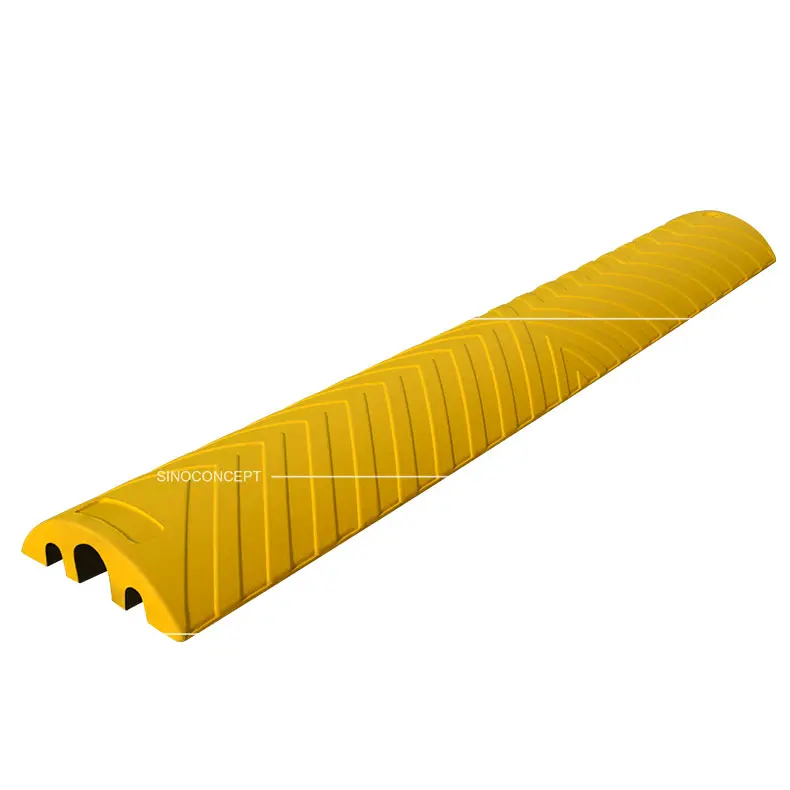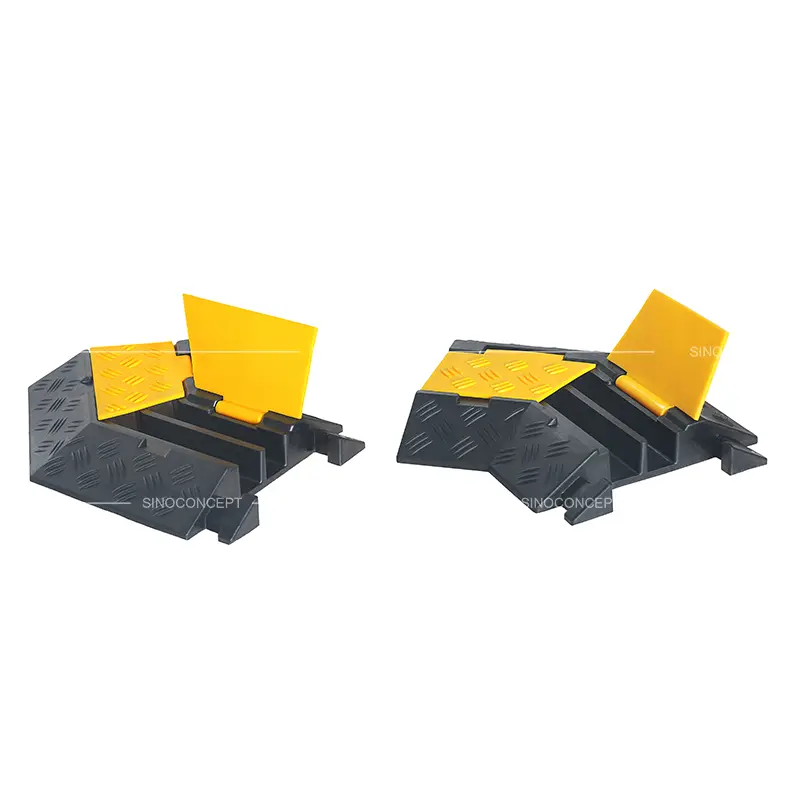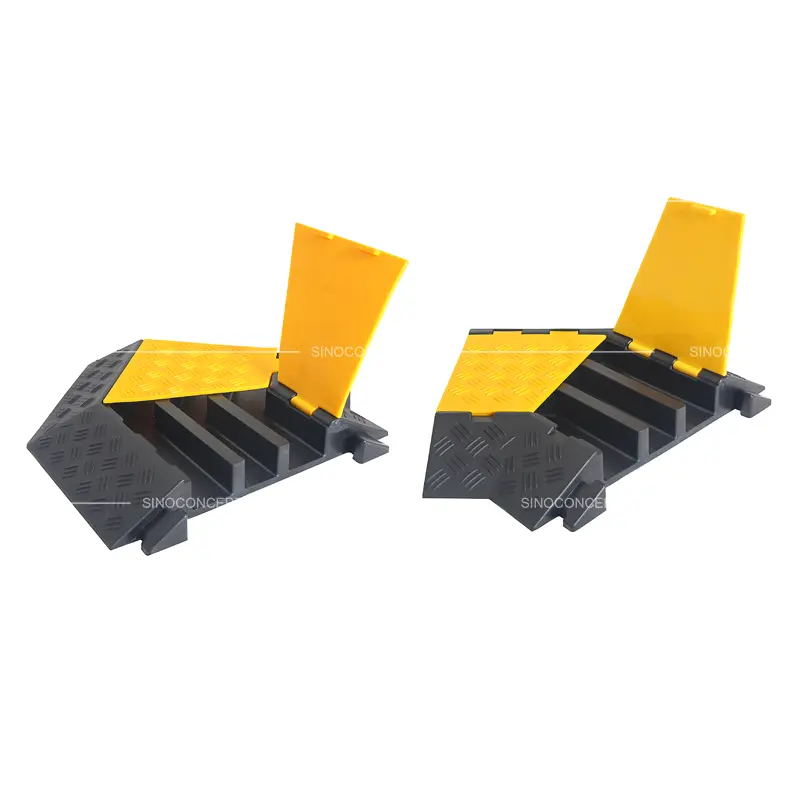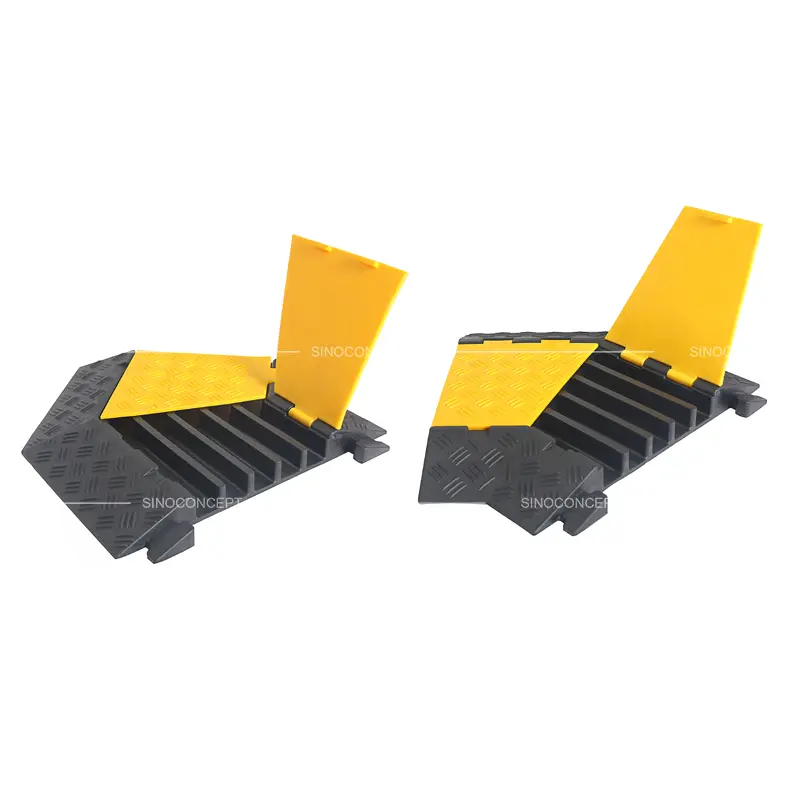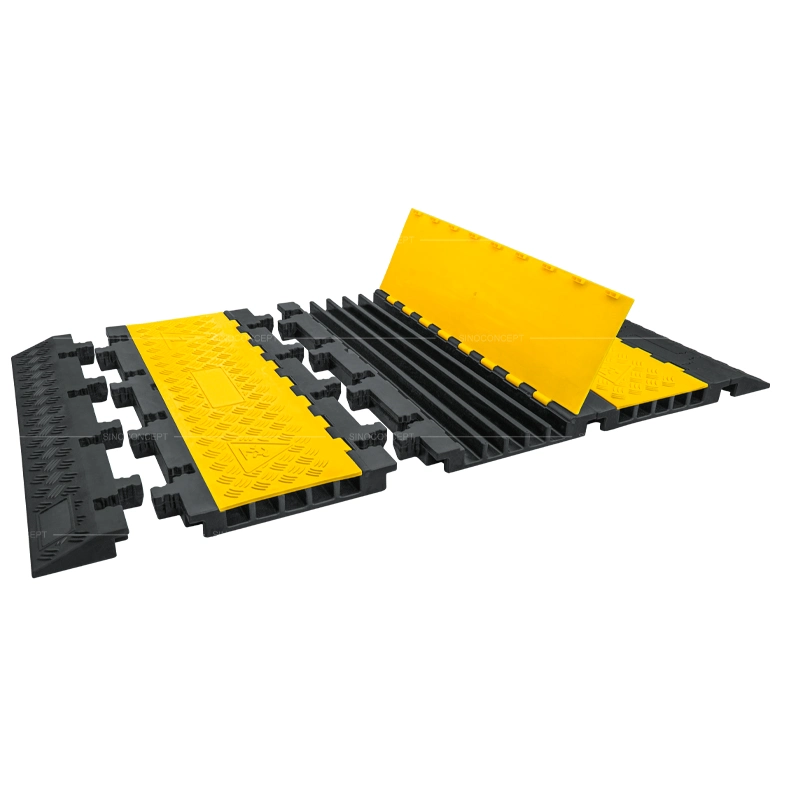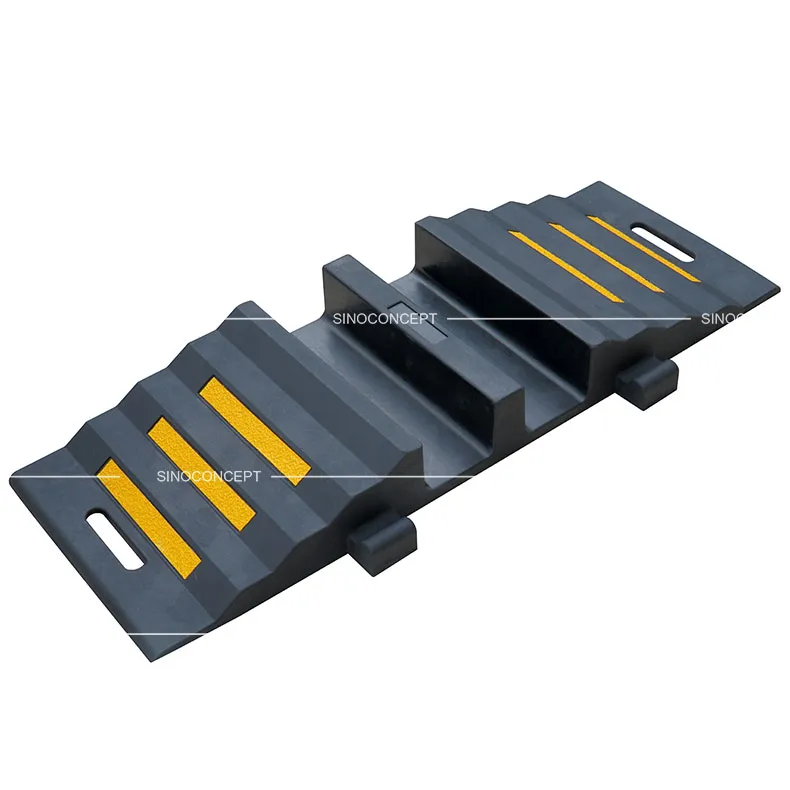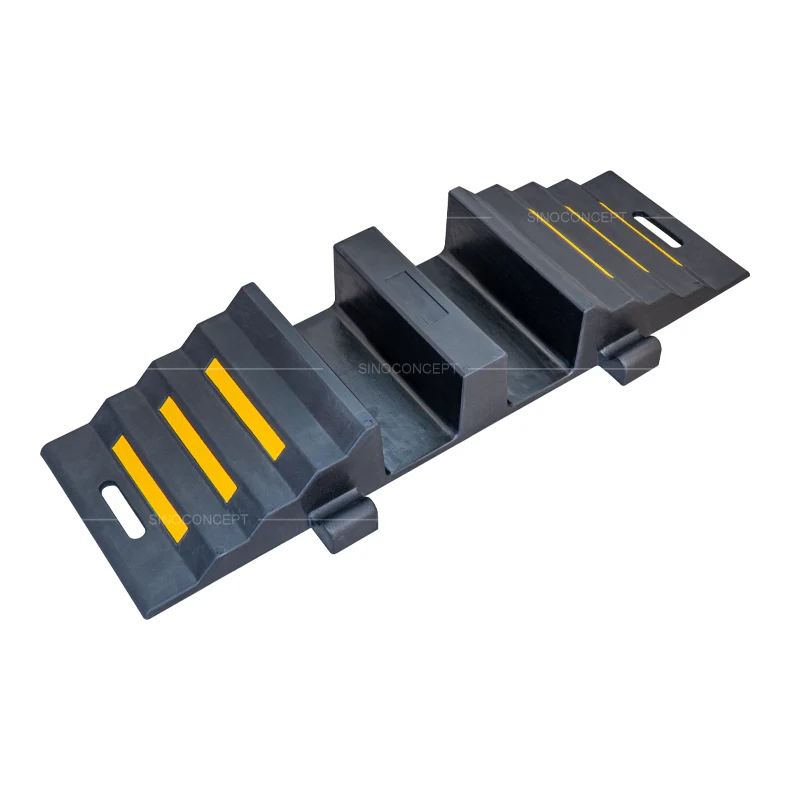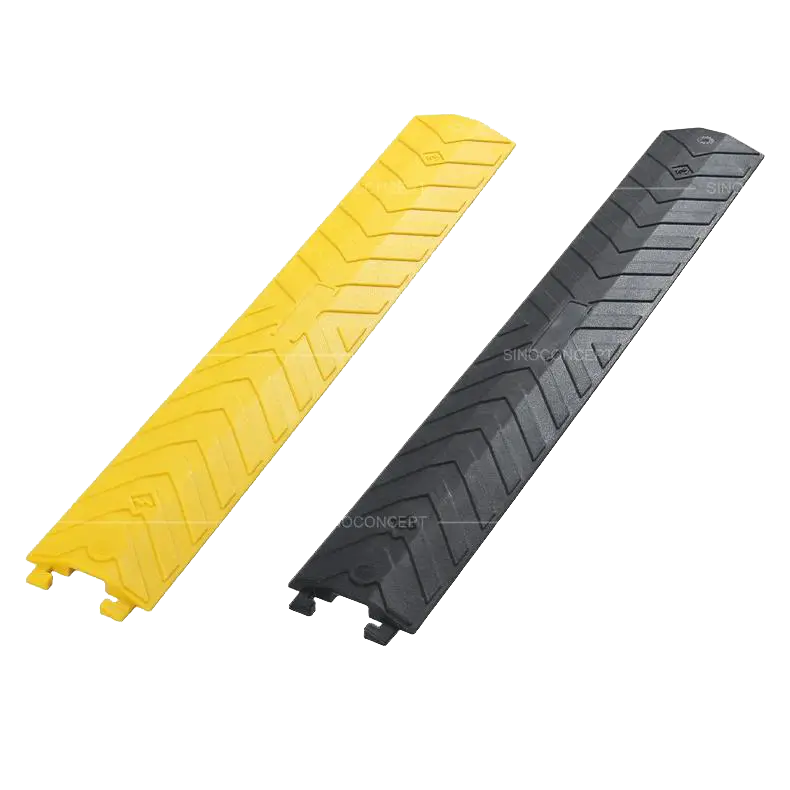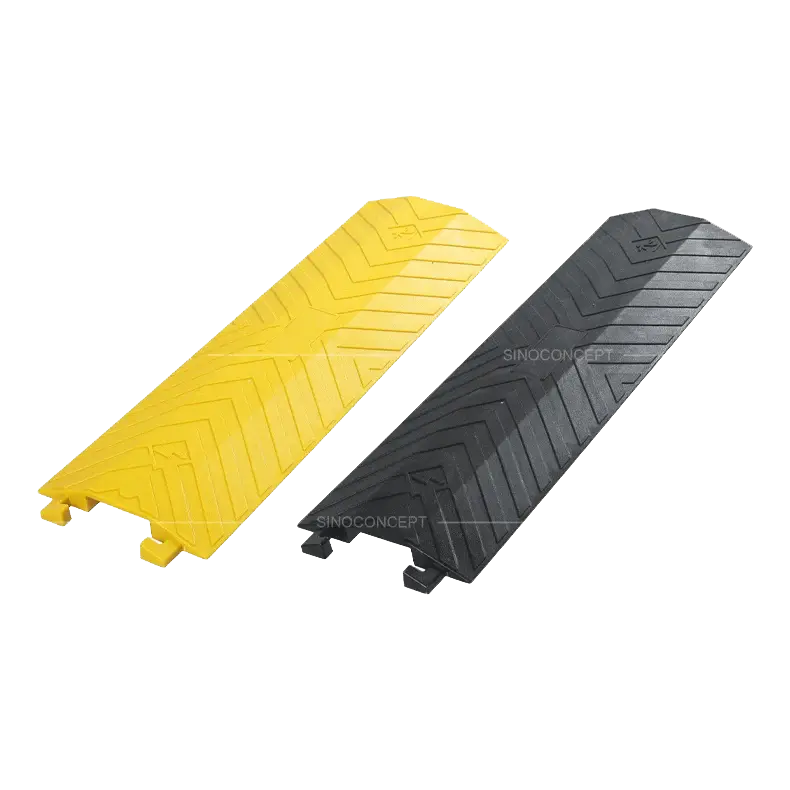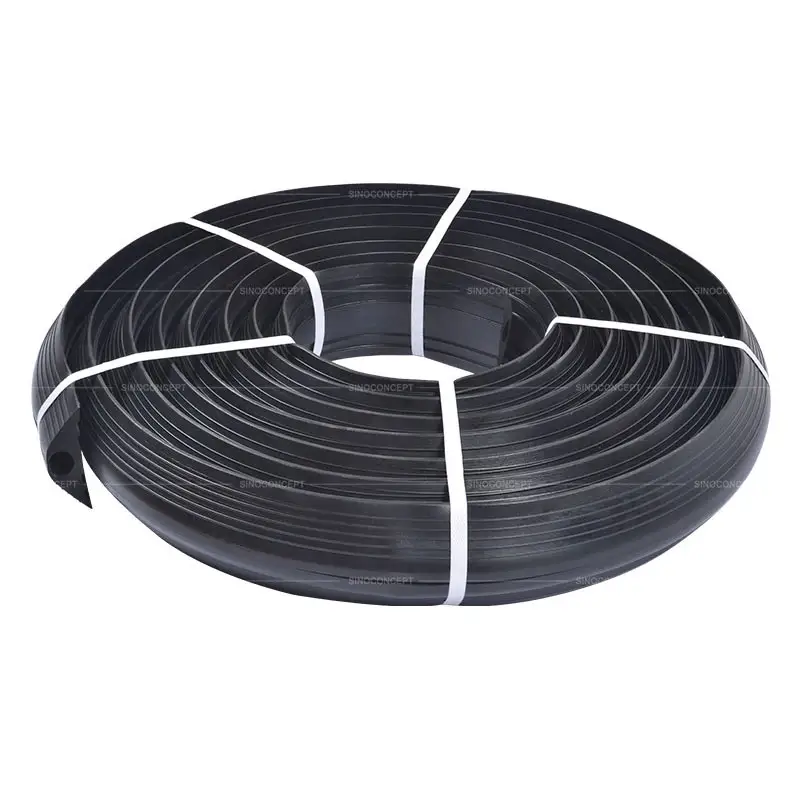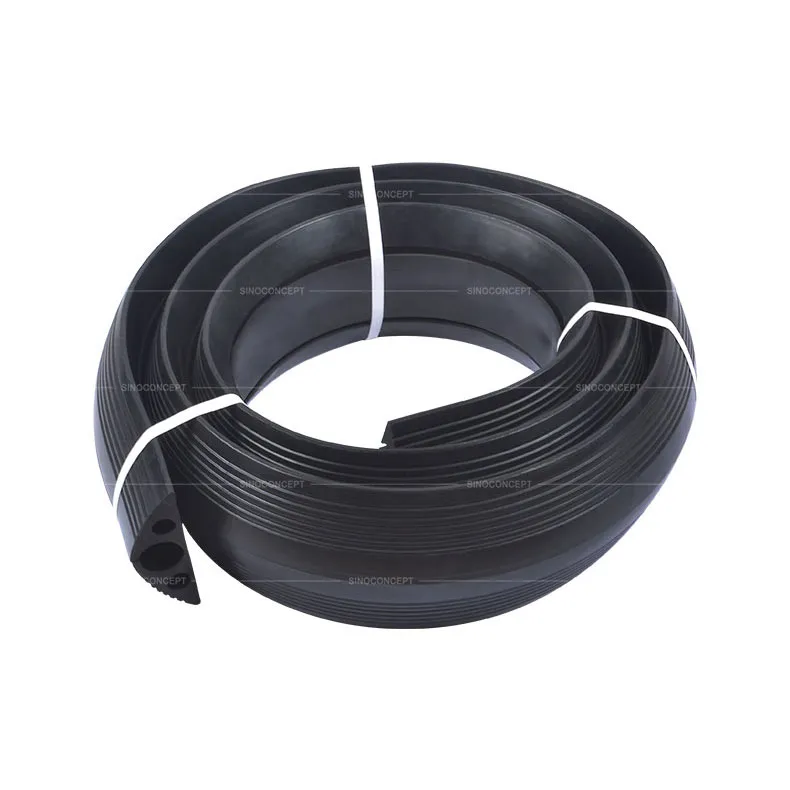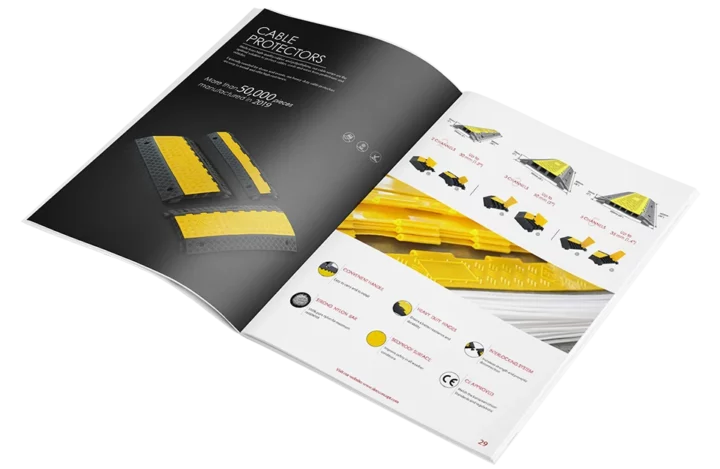Cable Ramps and Cable Protectors
We supply a wide range of cable protectors for event equipment, industrial use, construction sites, etc. Our coble covers include various designs, materials, channel capacities and corner pieces. All cable ramps meet European standards, offering durability and competitive pricing. They are securely packed and managed by our in-house logistic team to ensure smooth delivery.
-
Cable Ramp – 2 Channels
$15.90 – $21.90 -
Cable Ramp – 3 Channels
$38.60 – $47.00 -
Cable Ramp – 5 Channels
$32.50 – $38.80 -
Cable Protector Ramp – 1200mm
$38.30 – $41.40 -
Modular Cable Ramps
$29.60 – $55.00 -
Drop Over Cable Cover (Small)
$13.00 – $14.30 -
Drop Over Cable Cover (Large)
$34.50 – $38.30 -
Floor Cable Cover – 3 Channels
$113.20
What are Cable Ramps or Cable Covers?
Cable ramps, also known as cable covers or cable protectors, are used to protect wires on the ground and reduce trip hazards. They help keep cables tidy in areas with high pedestrian traffic or light vehicle traffic, such as sports days, outdoor events, and warehouses.
In today’s market, common material include rubber cable protectors, plastic cable ramps, or galvanized cable protectors for long-term outdoor use.
Brands like Guard Dog cable ramps, Checkers, Cable Guard, or Defender cable ramp are well-known in the industry. At Sino Concept, we also offer excellent outdoor cable protector, with competitive pricing and full support for bulk orders.
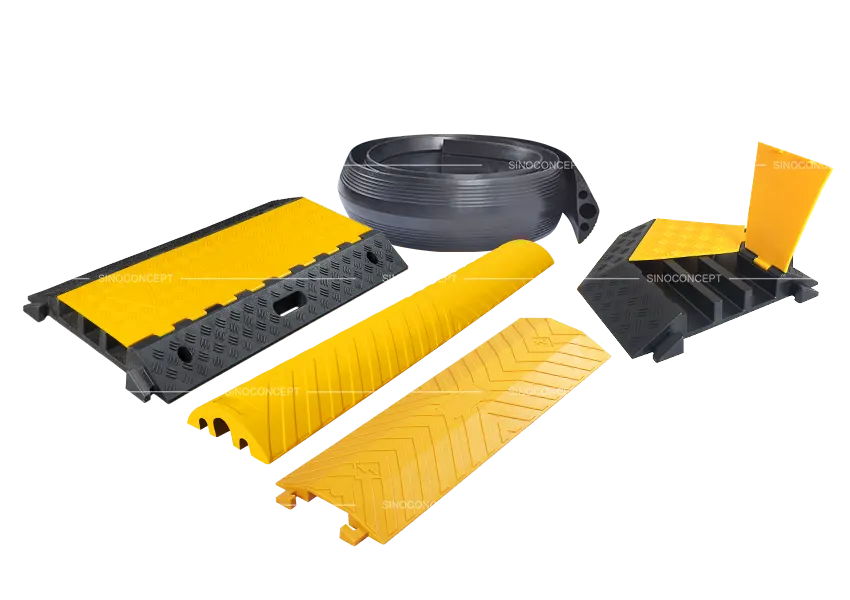
Discover Our Range of Outdoor Cable Protectors
Sino Concept offers a wide range of cable ramps and cable protectors to suit various applications.
Designed for both indoor and outdoor use, our products are ideal for construction sites, factories, events, or office spaces. All of them are meet European standards for safe and responsible use.
Below are the main types we provide, each suited to different cable sizes and environments.
Cable Ramp – 2, 3, and 5 Channels
Our classic cable ramps are the most popular, each version is available with Cable Ramp – 2 Channels, Cable Ramp – 3 Channels or Cable Ramp – 5 Channels and comes with a yellow cover made from strong polyethylene (PE).
They are made from durable materials and come in two versions:
- Standard version: Plastic-rubber composite, budget-friendly, and perfect for moderate use.
- Heavy-duty version: Premium recycled rubber, Ultra-resistant, designed for tough conditions.
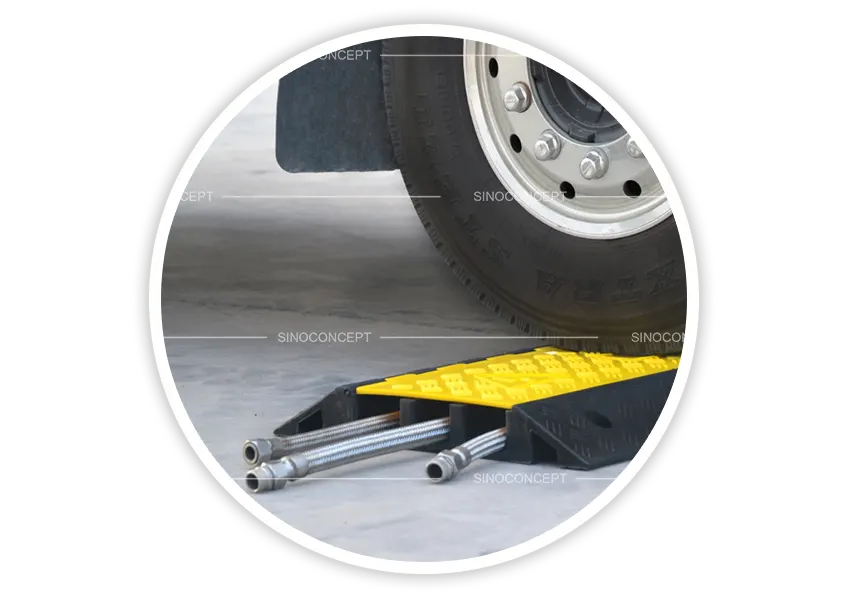
Cable Protector Corner – 2, 3, and 5 Channels
With our 45° left and right turn made of rubber, users can flexibly change cable directions to suit any layout. They are ideal for outdoor festivals, sports events, and indoor exhibitions.
Available in 3 types:
- Cable Protector Corner – 2 Channels
- Cable Protector Corner – 3 Channels
- Cable Protector Corner – 5 Channels
All cable ramps and cable protector corner offer a reliable cable protection system for busy, high-traffic environments.
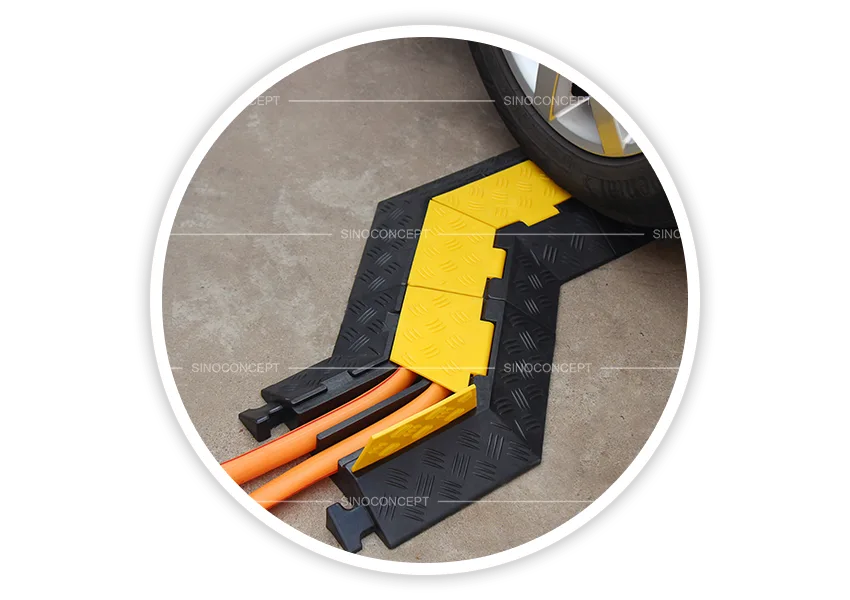
Modular Cable Ramp
Our Modular Cable Ramps provide reliable protection for cables in busy environments. The modular design allows you to build a wide platform that protects multiple cables while reducing trip hazards. And we offer one standard ramp and two gentle slope ramps for wheelchair access.
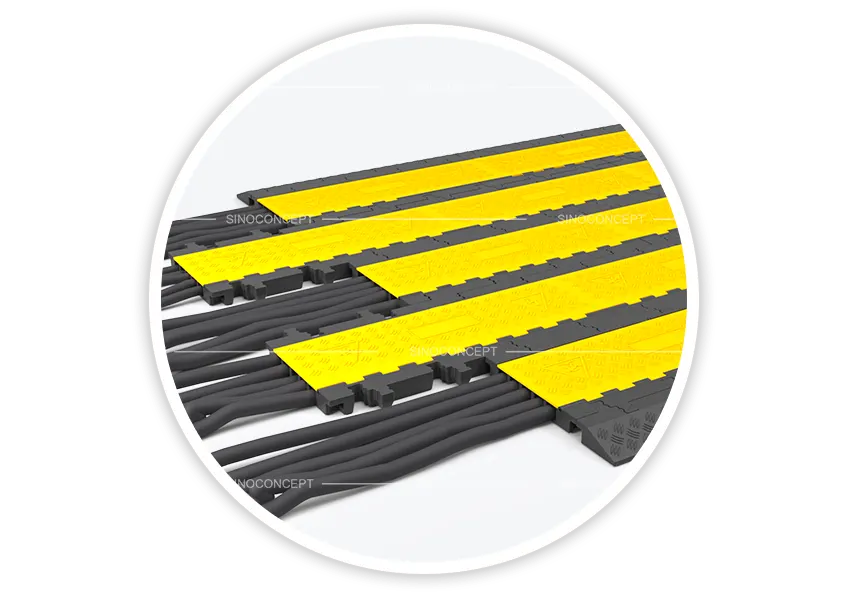
1200 mm Cable Protector Ramp
Our 1200 mm Cable Protector Ramp is made of premium recycled rubber and comes in black and yellow.
It is designed for outdoor use, especially on construction sites, to cover long runs of cables or wires. This helps protect them from damage by vehicles and heavy equipment.
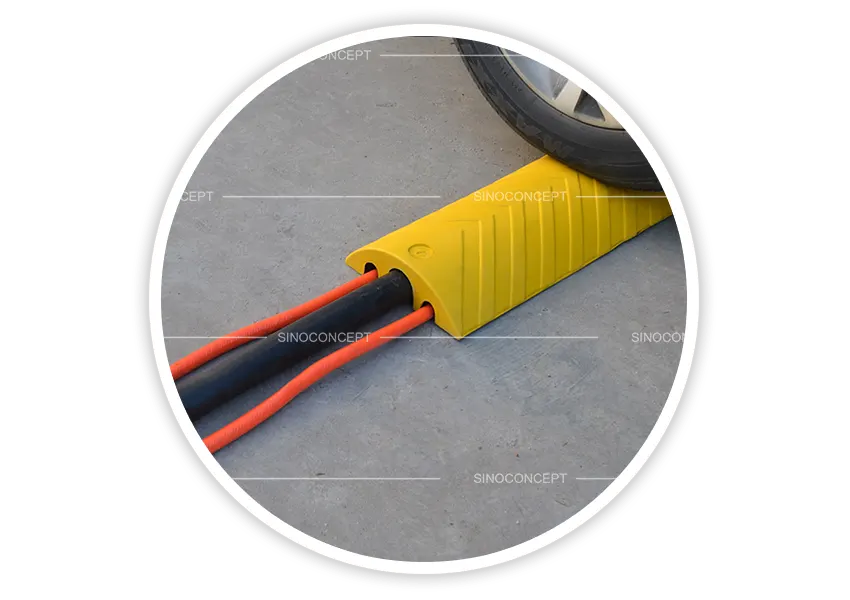
Hose Protector Ramp
Sino Concept’s hose protector ramps are manufactured from premium recycled rubber and designed for heavy-duty cables.
- Hose protector ramp – Ø 70 mm: A compact choice for smaller hoses, offering tough vulcanised rubber, reliable load support, quick deployment, and clear visibility on site.
- Hose protector ramp – Ø 110 mm: Designed for larger hoses and grouped cables, this model delivers extra width, reinforced durability, simple handling, and high visibility.
They are suitable for outdoor environments where machinery or vehicles need to cross over hoses without causing damage.
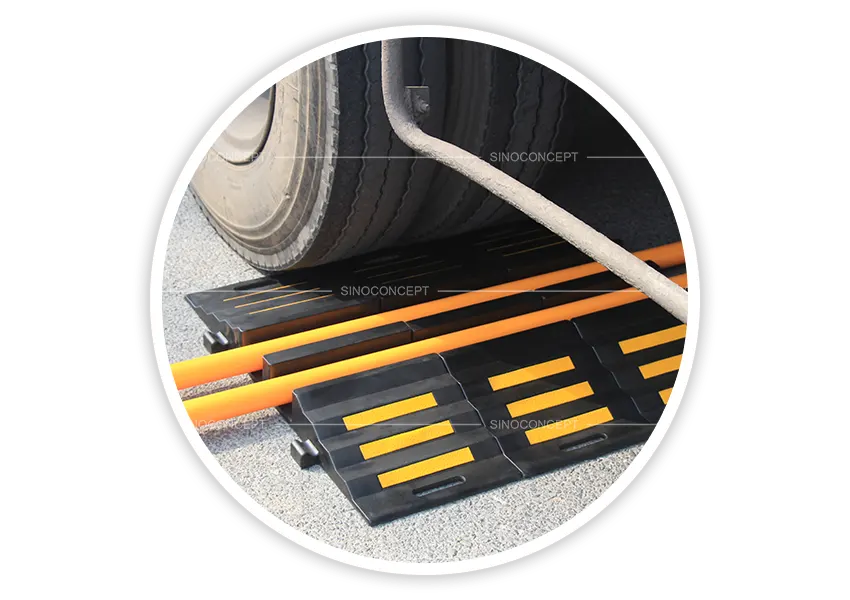
Drop Over Cable Cover Protector
Looking for a simple and quick cable protection solution? Our drop over cable protectors (small) and drop over cable protectors (Large) made from TPU are the perfect choice for easy and fast use!
Just place them over wires or cables on the ground. Available in small and large models, they are ideal for temporary or changing layouts, making them a simple solution for both outdoor and indoor events.
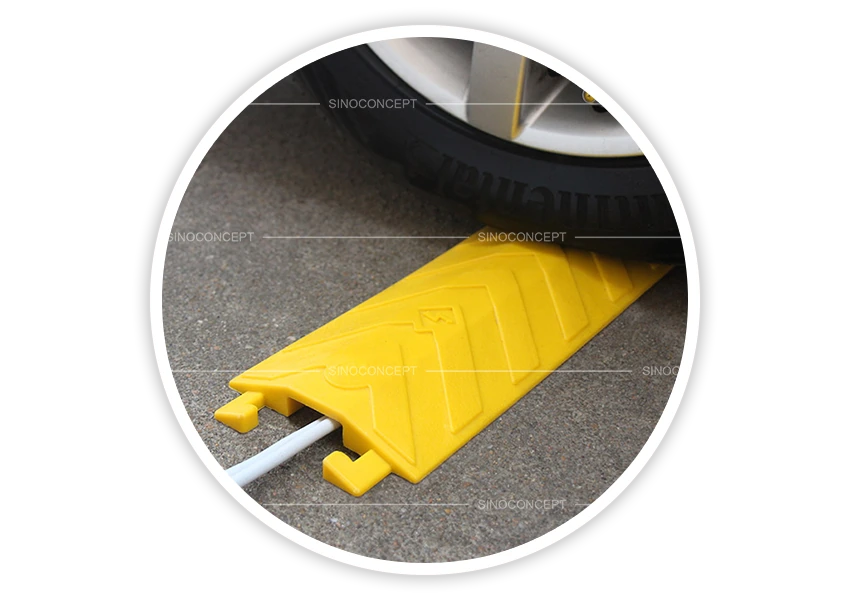
Floor Cable Cover – 1 and 3 Channels
Our floor cable covers are made from flexible rubber. They are very flexible and easy to bend as needed. You can choose floor cable cover – 1 channel or floor cable cover – 3 channels depending on how many cables you need to cover.
All our cable ramps are produced to a high standard and offer a cost-effective solution. It is also hard for you to find any unpleasant smell on them!
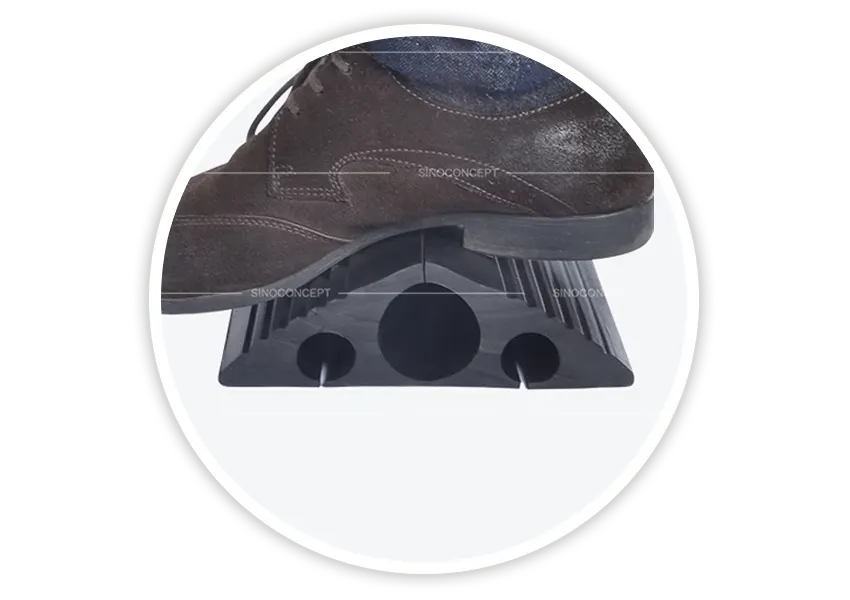
Key Features of Our Cable Ramps & Cable Covers?
While many professionals choose brands such as Yellow Jacket cable protector or Adam Hall Cable protector for events, we provide similar solutions to your project’s size, at factory price.
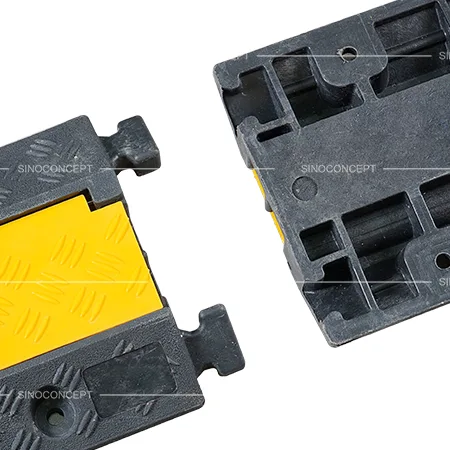
Flexible and Smart Design
With Sino Concept’s interlocking system, cable ramps can be quickly and easily connected. This makes them ideal for sites or events that need fast, simple installation, especially where layouts often change.
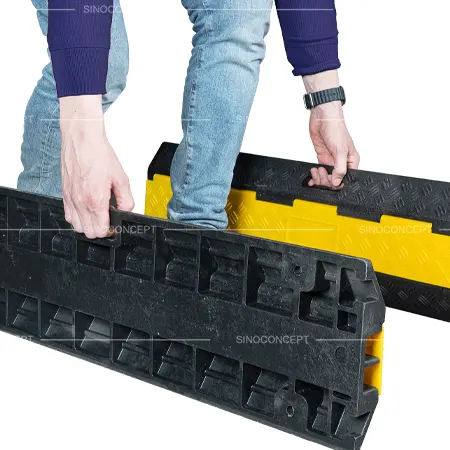
Easy to Carry
Most of our cable covers come with a convenient handle design makes it easy to lift, place, and move. It offers a secure grip, reduces handling effort, and is ideal for sites with frequent layout changes or quick setup needs. Indeed, we were the first to implement an integrated handle to the cable protectors.
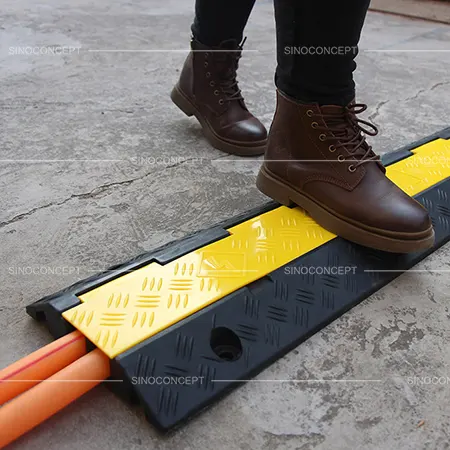
Anti-Slip Performance
Our textured surface with anti-slip lines increases grip between our cable ramp and shoes or tyres, helping reduce the risk of slipping and improving safety, especially on wet or uneven ground.
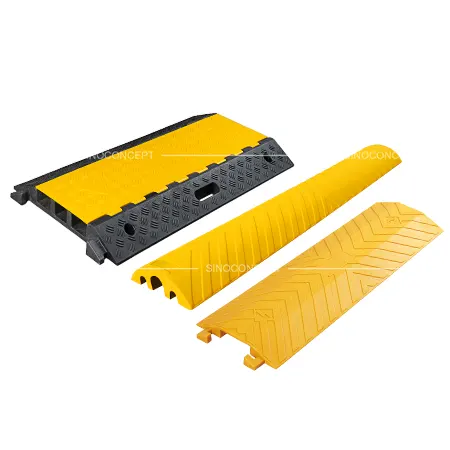
All-in Solutions
Sino Concept offers a wide range of cable ramps and cable protectors to suit different cable sizes, load requirements, and site conditions. You can choose the right model based on your budget and project needs.
Where To Use Rubber Cable Protectors?
Our floor cable ramps are a practical solution for cable protection, commonly used in a variety of public and commercial areas:
- Outdoor events like music festivals, sports matches, and public gatherings
- Indoor exhibitions, trade shows, and convention centres
- Warehouses, factories, and product launch event
- Retail environments, shopping centres, and temporary setups
They are suitable for both indoor and outdoor use, helping protect cables and reduce trip hazards in busy areas with heavy foot traffic or light vehicles.
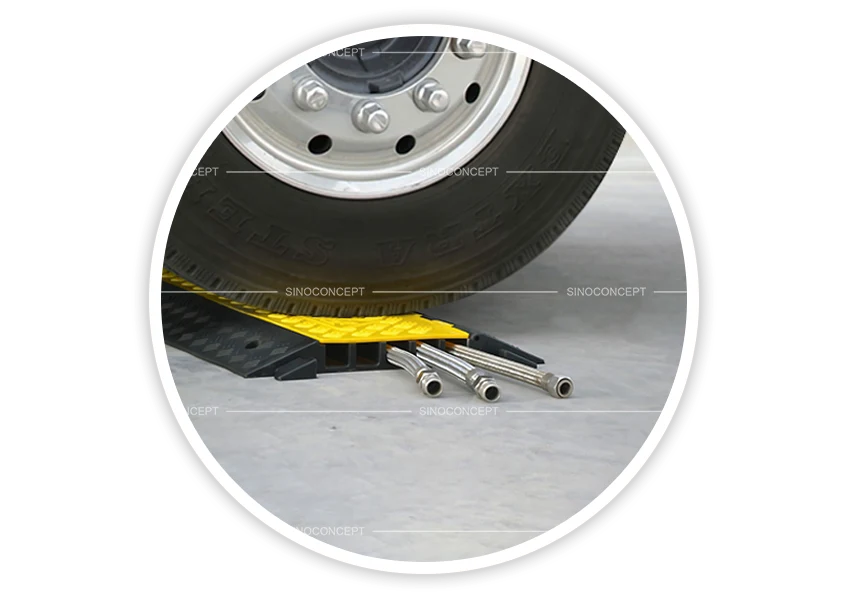
Why Choose Sino Concept as Your Business Partner
We use our experience and resources to support your business success. Here are reasons why choose Sino Concept:
- Professional Design: All products are designed by our own team and made using our own moulds, ensuring quality and consistency.
- Competitive Pricing: We offer fair and friendly prices to help you stay profitable.
- Skilled Quality Control: Our dedicated QC team checks every order carefully before shipping.
- Fast Response Team: Our team replies quickly and supports you throughout the whole process.
We are committed to making your business easier and more successful. Work with Sino Concept and see the difference.
Sino Concept Provides Equipment for Pedestrian and Site Safety
Looking for more suitable ways to improve pedestrian and site safety? You may also want to sell:
| Picture | Range | Ideal For |
|---|---|---|
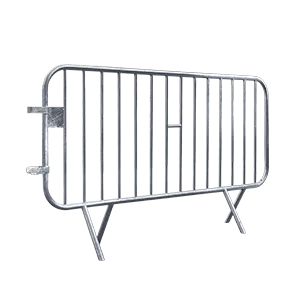
|
Crowd Control Barriers & Pedestrian Barriers | Designed for managing crowds and ensuring safety during events and public gatherings |
Cost-effective Cable Ramps for Sale with Full Support
Wondering where to buy cable protectors in bulk with good value for money? Contact Sino Concept for support. Our team is here to help you find the right cable protector for your needs.
Get in touch to discuss your needs and delivery details. We’re here to support your project.




